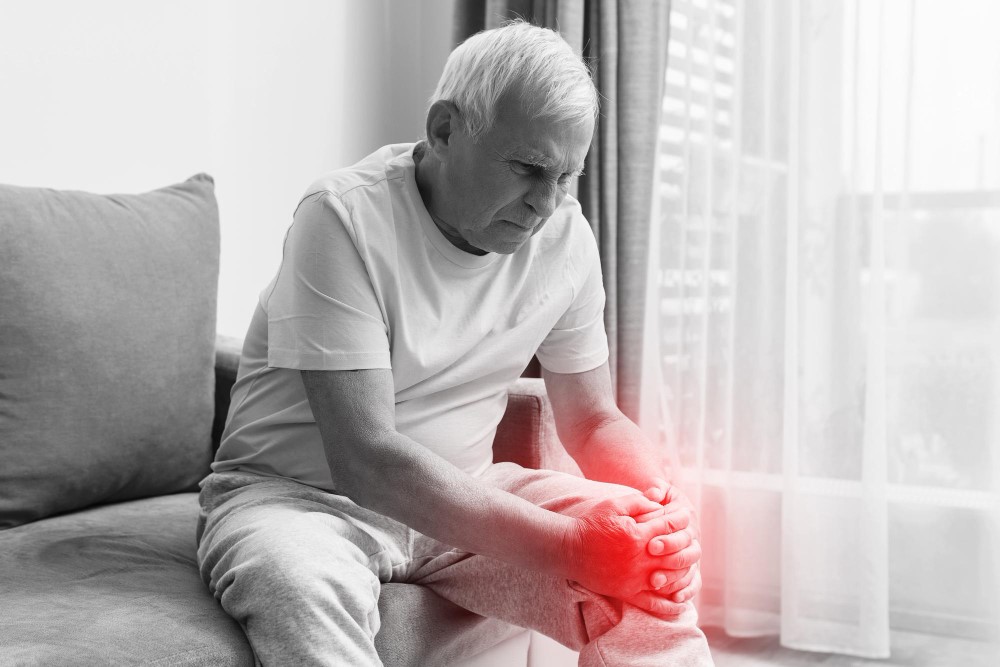Living a full and active life often means understanding how to take care of our bodies, especially our joints. What is bursitis, you might ask? It’s a painful condition that affects small fluid-filled sacs called bursae, which cushion the bones, tendons, and muscles near joints. Recognizing bursitis symptoms early is key to preventing long-term joint problems.
This blog aims to help you spot these bursitis symptoms before they disrupt your daily life. Too many people dismiss joint pain as “just one of those things,” but identifying the right signs can make all the difference. By understanding the etiology of bursitis, we can manage our joint health better.
We’ll explore the high-tech medical treatments now available, like new forms of physiotherapy and surgical options, alongside simple lifestyle tweaks that can help keep bursitis at bay. Our goal is to give you both technological and natural strategies for joint health. So, let’s dive into what bursitis is, how you can spot it, and why understanding this condition is crucial for sustaining a vibrant life.
Understanding Bursitis: Symptoms, Causes, and Prevention
What is bursitis? Simply put, bursitis is an inflammation of the bursae. These are tiny sacs that provide a cushion between bones and connective tissues. When healthy bursae are inflamed, it can cause sudden pain, swelling, and limited movement in joints.
1. Common Symptoms of Bursitis: – Redness and swelling around the affected área – Sharp or aching joint pain that worsens with movement – Limited range of motion – Pain even when resting
A reliable way to identify bursitis symptoms is by understanding how they differ from other conditions like arthritis and tendonitis. For example, while arthritis often involves joint pain both in motion and at rest, bursitis pain relief is typically more pronounced during movement and can ease somewhat with rest.
Causes and Risk Factors
The etiology of bursitis can include repetitive movement or pressure on the joint, sudden injury, or even infections.
- Age: Bursitis is more common in adults over 40.
- Manual Jobs or Hobbies: Repetitive motions common in manual work.
- Previous Joint Injuries: Can weaken the bursae, making them more susceptible.
Understanding when bursitis, how to diagnose, or when it might occur is crucial. If pain persists, consult a healthcare provider for accurate diagnosis.
Prevention Tips:
Regular yoga and other exercises can improve joint flexibility. In India, daily routines featuring stretches or yoga can be beneficial. Here are some lifestyle changes to consider:
- Maintain a normal weight to minimize joint stress.
- Incorporate regular moderate exercise.
- Consume a balanced diet rich in anti-inflammatory foods, like turmeric and green vegetables.
Beyond lifestyle changes, remember that early medical intervention can provide effective bursitis pain relief and prevent further complications.
Embracing Lifestyle Changes for Bursitis Prevention
Prevention, as they say, is better than cure. Embracing a few key lifestyle choices can prevent bursitis symptoms from surfacing. Here are some strategies:
- Stay Active: Regular movement helps keep the joints flexible.
- Eat Wisely: Foods rich in omega-3s reduce inflammation.
- Mindful Activities: Take breaks to stretch during work.
If you engage in sports common in India, like cricket or hockey, consider learning proper techniques to minimize injuries. Regular physical activity, coupled with proper techniques, can lower the risk of developing bursitis.
Identifying and reducing exposure to potential risks—be it from sports or other activities—promotes joint health. A balanced approach that includes physical activity, a nutritious diet, and proper body mechanics goes a long way in preventing bursitis.
Advanced Treatment Options and Overcoming Misconceptions
As technology advances, so do treatments for bursitis. From shockwave therapy to advanced physiotherapy techniques, options have never been better. Learning how to treat bursitis effectively ensures faster recovery.
New treatments can often combat bursitis symptoms without invasive methods. In India, where both traditional and modern medicine hold sway, options range from Ayurveda to cutting-edge technology.
Debunking Misconceptions: Misunderstandings often prevent people from seeking timely bursitis pain relief. Some believe that painkillers are the only answer, but diverse therapies offer sustainable solutions. Engaging early with healthcare professionals can significantly ease symptoms and improve quality of life.
Joint health matters for everyone, from athletes to office workers to seniors. By staying informed and proactive, it’s possible to tackle bursitis head-on and maintain a fulfilling lifestyle. Awareness fosters better health choices, making life more enjoyable and less painful.
Feel free to explore further information and keep your joints in the best possible condition! Joint health is a lifelong journey worth taking seriously.


